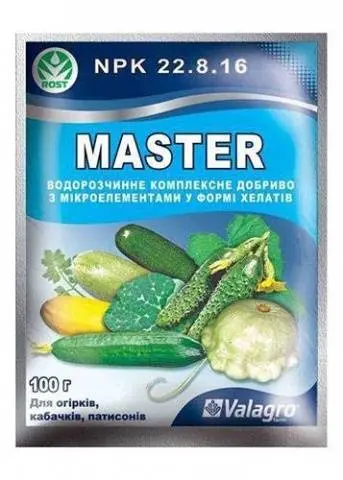Contents
To grow tasty and crispy cucumbers in order to enjoy them throughout the summer and make voluminous stocks for the winter, any gardener considers it his sacred duty. But it’s not easy for everyone to cope with this task, since cucumbers are a culture that is quite demanding on heat, humidity, and intensive nutrition. On the last one, I would like to dwell in more detail. Because on loose, well-filled with organic soils, the cucumber itself grows with little or no top dressing. But not everyone has such soils. They also need to be able to create. And I want to grow cucumbers here and now. Therefore, top dressing for cucumbers is an almost mandatory item in the care of this crop. Moreover, they respond to them with great gratitude.
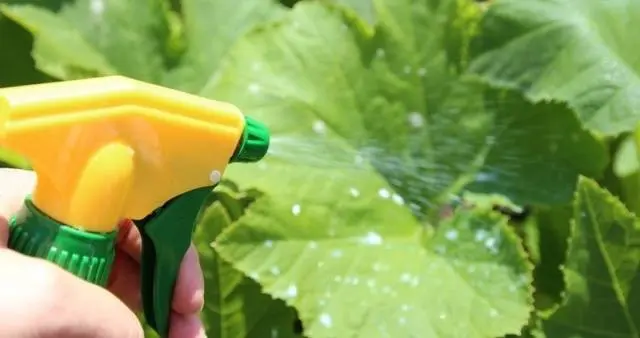
Top dressing: what are they
Everyone knows the most traditional liquid top dressing – when some dark liquid is diluted in a watering can with water and the resulting solution is poured over cucumbers under the very root. The same can be done with powder and crystalline solid fertilizers, diluting them first in water. All these methods are called in one word – root top dressing.
They can be mineral and organic. Fertilizers for mineral dressings are usually bought in stores. Organic fertilizers can also be bought ready-made, which is very convenient for urban residents – summer residents who sometimes have nowhere to get ingredients for such top dressing. But more often they are already prepared on their site from various ingredients: manure, bird droppings, grass, hay, ash, etc.
There is also a whole class of dressings, when any substances that are useful for cucumbers are dissolved or infused for some time in water, and then the cucumber bushes are sprayed with the resulting liquid from top to bottom. Our grandmothers used brooms for this purpose, while modern industry has created a whole army of all kinds of sprayers – from manual to automatic.

Such an operation is called foliar or foliar feeding of cucumbers. After all, plants receive nutrition through the leaves, and not through the roots, which means that all nutrients are absorbed several times faster. Accordingly, the effect of this procedure becomes visible soon enough, which cannot but please the eye of the gardener. This is probably why foliar feeding of cucumbers has become so popular lately.
In addition, cucumbers, unlike the same tomatoes, love such procedures, since they are quite approving of the effect of high humidity. It is only necessary to take into account that leaf feeding for cucumbers will be much more effective in cool, cloudy weather.
- Firstly, at low temperatures, the roots begin to absorb nutrients from the soil much worse, which means that foliar feeding will come in handy.
- Secondly, in cloudy weather, it is less likely to get burns on the leaves of cucumbers from simultaneous spraying and lighting them with the sun. In any case, for this reason, foliar top dressing is best done early in the morning or in the evening, when there is still or no sun.
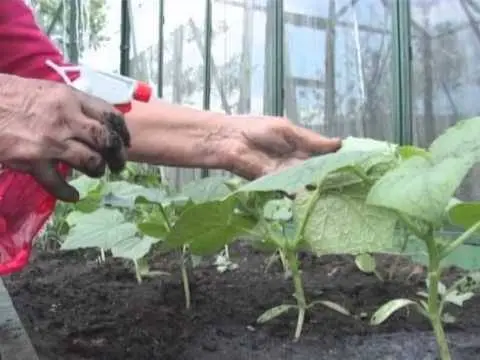
This is done so that the cucumber leaves do not get burned.
Mineral Fertilizers
The first thing that comes to mind when you need to think about fertilizers for cucumbers is the use of mineral fertilizers. Indeed, in recent decades, they have become a means of traditional feeding of most vegetable and horticultural crops, due to the ease of use and speed of action.
Azofosca
This is one of the most popular fertilizers for use, including when growing cucumbers. Nitroammophoska (azofoska) is a complex fertilizer that contains all three of the most essential nutrients in equal proportions. It dissolves well in water. To prepare a fertilizer solution for root dressing, 1 tablespoon of azofoska is diluted in a 10-liter bucket of water.
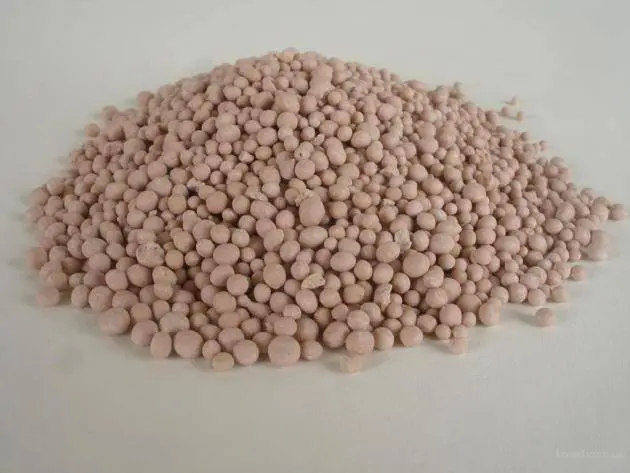
To feed cucumbers, one liter of this solution is poured under the root of each bush. The ground under the cucumbers before this should be wet.
If you want to carry out foliar top dressing with azophos, then reduce the concentration by half and do it before fruit set. When the first ovaries appear, it is better to switch to root feeding and use other fertilizers with a high potassium content.
Urea or urea
If you urgently need to saturate cucumber plants with nitrogen, then carbamide is usually used for this purpose. In case of an acute lack of nitrogen, 40 g of the substance is diluted in 10 liters of water; if more prophylactic feeding is required, then 15 to 25 grams per 10 liters of water can be used. Why carbamide? Unlike ammonium nitrate, it will not harm cucumber plants when foliar. But you should not be zealous with him either – it is always better to slightly underfeed with nitrogen.
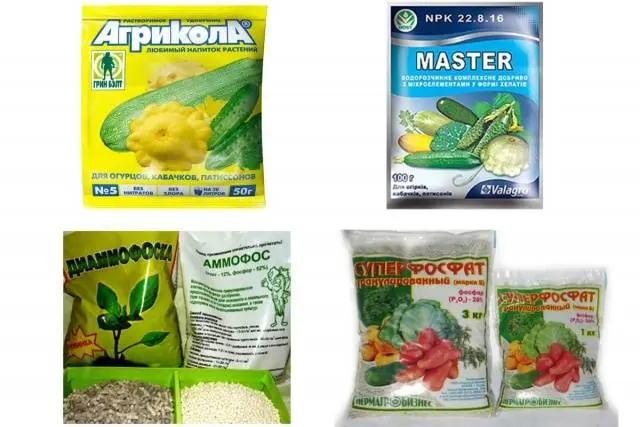
Superphosphate
During the flowering of cucumbers and in subsequent periods, other nutrients, such as phosphorus, are more relevant for plants. The simplest top dressing will be the use of superphosphate at a concentration of 35 grams per 10 liters of water. It must be borne in mind that superphosphate is very poorly soluble in water. Therefore, usually experienced gardeners use the following trick: pour boiling water over the required amount of the substance and insist for about a day. Then the precipitate is carefully filtered and the fertilizer solution is brought to the original volume.
Other types of fertilizers
For dressing cucumbers, both traditional root and leaf, in recent years it has been convenient to use a variety of complex fertilizers, among which the following varieties are most popular:

- Kristalon – this fertilizer comes in many different brands, differing in the ratio of nutrients in them. It is important that there is no chlorine in its composition, but magnesium, sulfur and a number of the most important trace elements in the chelate form are present. This form greatly facilitates their digestibility by plants. Nitrogen in the composition of the Kristalon fertilizer is in the amide form, which is ideal for foliar top dressing. For feeding cucumbers, you can choose a special or green crystal. The composition of NPK in it is 18:18:18, so it is a universal fertilizer. Cucumber crystal, which was specially developed for cucumbers, is also ideal. NPK in it is 14:11:31, so it can be applied at any stage of development and on any type of soil.

- Master – if the above fertilizer was the brainchild of the Netherlands, then the master fertilizer is a product of the Italian company Valagro. Otherwise, they are very similar in terms of the variety of compositions and effects on plants. It also dissolves very well in water, so it can be used for both root watering and foliar dressing. In addition, the presence of magnesium also allows the master to be used for top dressing during flowering and fruiting cucumbers, when this element is vital.

- Plantofol is a high quality complex fertilizer, also from Italy, specially designed for foliar feeding of plants.
Organic Fertilizers
In recent years, many gardeners have increasingly turned their backs on chemical fertilizers, dreaming that their own cucumbers were natural and environmentally friendly.
Herbal infusions
Of course, the classic organic fertilizers are infusions based on manure or bird droppings. But in recent years, when feeding animals and birds with various compound feeds, one cannot vouch for the complete safety of even such infusions. Therefore, the use of so-called green fertilizers is becoming increasingly popular.
Usually this fertilizer is prepared as follows – any container from 50 to 200 liters is stuffed with 2/3 weeds: nettle, dandelion, quinoa, burdock, gout, wheatgrass, etc. The container is filled to the top with water, covered with a lid and left to infuse for several weeks .
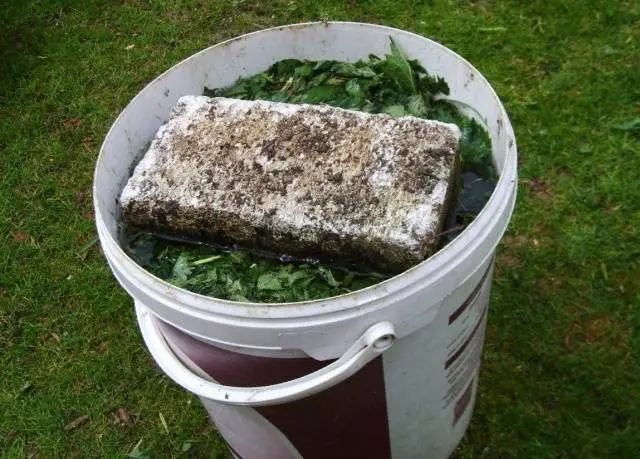
The liquid must be stirred daily. After the specified period, green fertilizer can be diluted in a ratio of 1:20 and the resulting solution can be used to feed cucumbers by spraying and watering under the root.
Foliar dressing with hay infusion is very useful for cucumbers. For its preparation, rotten hay is poured with water in a ratio of 1: 1, insisted for several days and then filtered. The resulting solution serves not only for feeding, but also for protecting cucumber plants from powdery mildew. Hay can be obtained by mowing green manure sown before winter. All you have to do is leave it outside in the rain for a few weeks and by the summer there will already be a sufficient amount of rotten hay.
Izabion
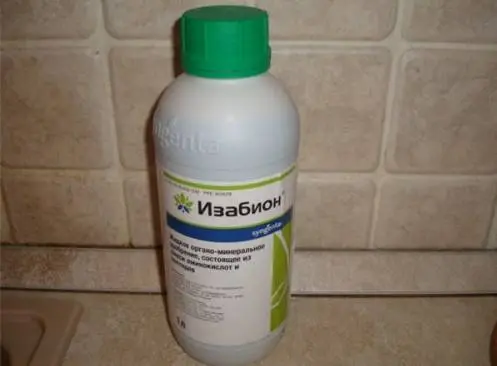
More recently, the Swiss company Syngenta has launched a new biological fertilizer, Isabion, on the market. This drug consists of 62,5% amino acids and peptides. It is able to penetrate into cucumber plants with the help of ordinary diffusion, accelerates the overcoming of various starvation. Transfers various nutrients when combined with fertilizers. It is a plant growth biostimulator. For foliar feeding of cucumbers, 20 grams of the substance must be dissolved in 10 liters of water.
Some folk remedies
Eggshell fertilizer is popular with many gardeners. If you have acidic soils, then you can use it when transplanting cucumber seedlings into open ground. It is better to take the shell from raw eggs that have not undergone heat treatment. For use as a fertilizer, it is recommended to grind it thoroughly. Eggshells can be added directly to the soil to deacidify the soil and feed it with calcium. But this method of application is not very effective, since calcium from its composition is poorly absorbed by the roots of cucumbers.
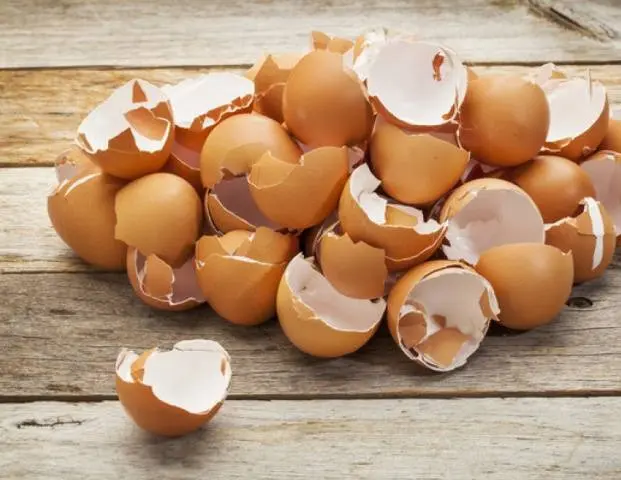
Also, an infusion for foliar feeding is prepared from eggshells. To do this, the shells of 5 eggs are carefully crushed and poured with 1 liter of warm water, after which they insist 5 days. The appearance of a specific smell indicates that the infusion for foliar feeding of cucumbers is ready.
Probably, many have heard about banana top dressing. And this is not surprising, since bananas contain a significant amount of potassium, as well as magnesium, calcium and phosphorus. The listed elements are especially necessary for cucumbers both during flowering and especially during fruit ripening. In particular, potassium and magnesium increase the number of ovaries, and, therefore, have a beneficial effect on productivity.
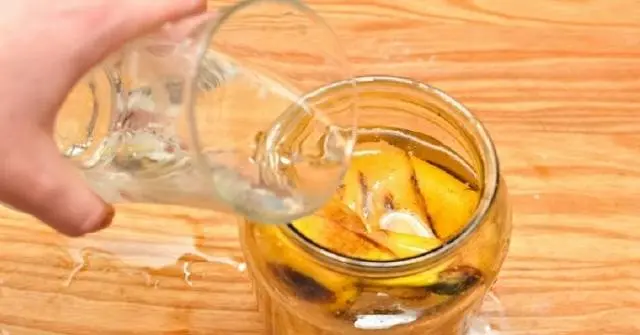
There are many ways to make banana peel fertilizer. But the best option is the following: the peel of 3-4 bananas without tails is placed in a 3-liter jar, filled with completely filtered water (without chlorine) and left for 4-5 days. Then the solution is filtered, diluted twice and cucumbers are sprayed several times with an interval of 10 days.
Interestingly, even ordinary brilliant green can serve as a fertilizer for feeding cucumbers. True, to a greater extent this solution will serve to protect plants from powdery mildew and other fungal diseases. To prepare it, you need to dilute 10 drops of brilliant green in a 40-liter bucket of water. Watering the cucumber beds with a more concentrated solution of brilliant green (a 10-liter bottle of water) will help get rid of slugs.
Conclusion
In order to grow a bountiful harvest of tasty and crunchy cucumbers, you can choose any of the above fertilizers. By trying, combining them in different sequences, you can develop your own ideal cucumber dressing formula, which is then passed on to the next generations.











